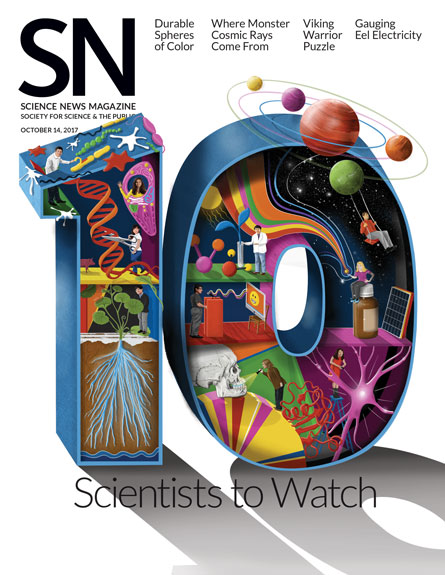Readers inspired by SN 10 scientists’ research
Your letters and comments on the October 14, 2017 issue of Science News
 Wanting more
Wanting more
For the third year in a row, Science News profiled 10 early- and mid-career innovators who are transforming their fields in “The SN 10: Scientists to watch” (SN: 10/14/17, p.